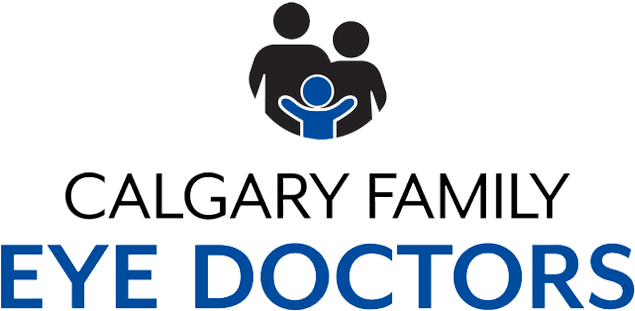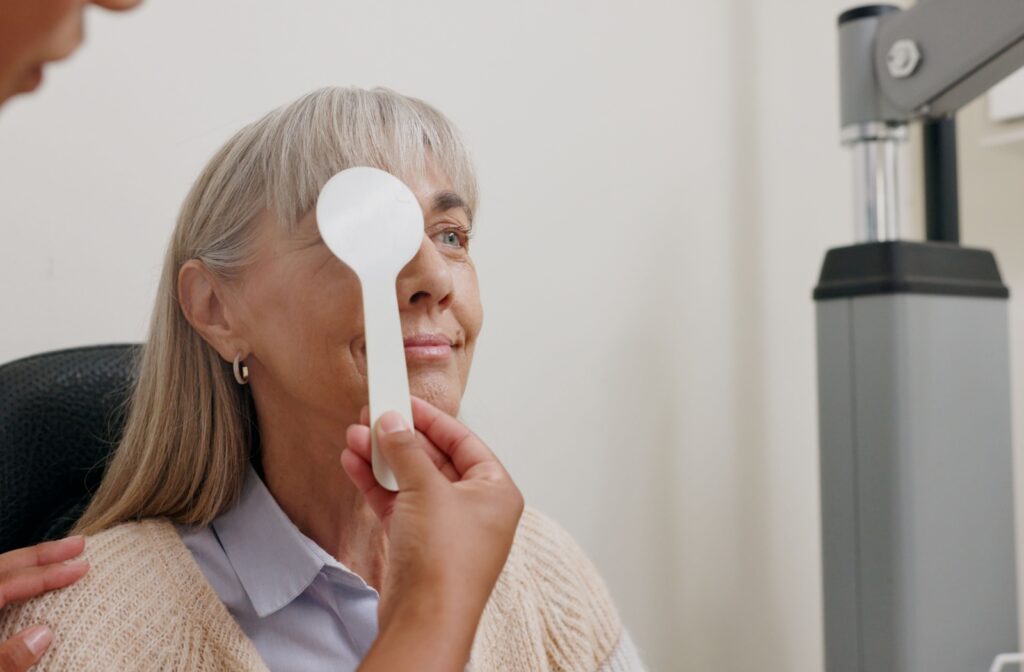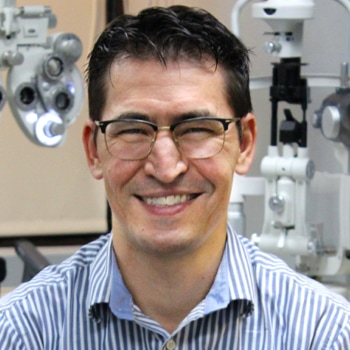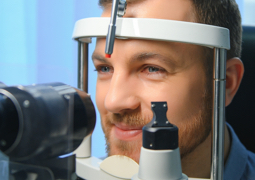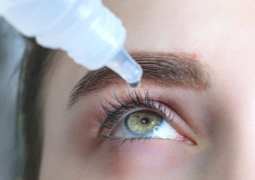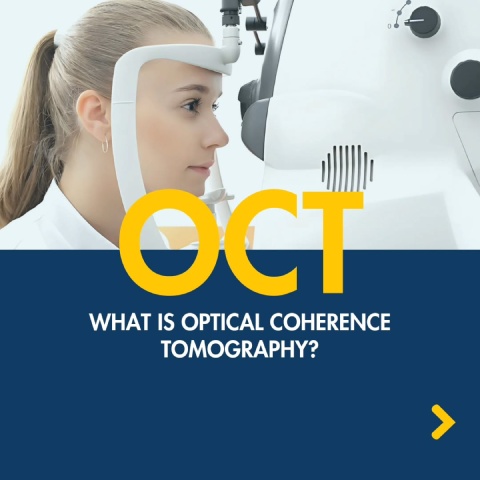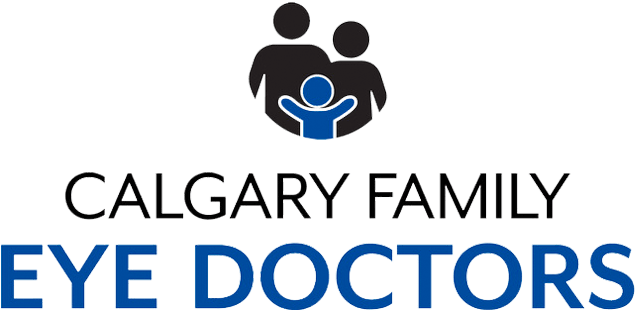Cataracts are a leading cause of vision loss, affecting millions of people around the world. The first sign of cataracts is often cloudy or blurry vision, which, when noticed early, can help prevent further complications and preserve your eyesight. Fortunately, cataracts are highly treatable, especially when detected early. Here’s a breakdown of what to watch for and how to take action.
Early Signs of Cataracts
The initial signs of cataracts often appear gradually. The most common early symptoms include:
- Cloudy or blurry vision: You may notice that your vision becomes foggy or hazy, as if you’re constantly looking through a thin veil.
- Faded or dull colour vision: Colours may seem less vibrant, or objects might appear washed out.
- Poor vision in low-light: You may find it more difficult to see clearly in dim lighting or at night.
If you notice any of these symptoms, schedule an appointment with your optometrist for a comprehensive eye exam. Early intervention can make all the difference.
What Exactly Are Cataracts?
A cataract forms when the lens inside your eye, which is responsible for focusing light, becomes clouded over time. This results in light not passing through your eye as efficiently, leading to vision problems.
Causes of Cataracts
Cataracts are most commonly caused by the natural aging process. As you age, the proteins in the lens of your eye begin to break down and clump together, causing it to become increasingly cloudy.
However, there are other factors that can increase your risk of developing cataracts:
- UV radiation: Prolonged exposure to sunlight can damage the lens of your eye and lead to cataracts.
- Pollution & smoking: Harmful chemicals and particles in the air can damage eye cells, speeding up the development of cataracts.
- Family history: Genetics play a role, so if cataracts run in your family, you may be more prone to developing them.
- Eye injuries or surgeries: Previous injuries or surgeries to the eye can lead to cataract formation.
- Health conditions: Conditions like diabetes or high blood pressure can increase risk.
- Medications: Certain medications, such as corticosteroids, may raise the likelihood of cataracts forming.
If you’re experiencing changes in your vision, you should schedule an eye exam.

Symptoms to Watch Out For
Cataracts can cause a variety of visual disturbances, especially as they progress. In addition to blurry vision, common early signs include:
- Difficulty reading small print: If you’re struggling to read text that was once clear, it could be a sign of developing cataracts.
- Double vision or ghosting: You may begin seeing duplicate images or “ghosts” of objects.
- Increased sensitivity to glare: Bright lights or glare, particularly at night, may become more uncomfortable as cataracts progress.
- Frequent changes in glasses or contact lenses: You may find that your prescription needs to be adjusted more often.
- Yellowing of colours: Your vision may develop a noticeable yellow or brownish tint.
Can Cataracts Cause Blindness?
If left untreated, cataracts can severely impact your vision and, in some cases, lead to blindness. The lens becomes so clouded that it blocks light from reaching the retina, causing significant vision loss. That’s why it’s essential to address cataracts early, before they progress too far.
Treating Cataracts
While cataracts are progressive, they are also treatable. In the early stages, managing symptoms can help preserve your vision for a time. Here are a few strategies:
- Brighter lighting: Increase lighting when reading or doing detailed work.
- Anti-glare glasses: These are especially helpful for driving or being outdoors.
- Updated prescription: Regularly updating your glasses or contact lens prescription can help improve clarity in the short term.
However, cataracts will eventually need surgical intervention once they begin interfering with your daily activities.
Cataract Surgery: What to Expect
Cataract surgery is a quick, safe, and highly effective procedure. During the surgery, the clouded natural lens of your eye is removed and replaced with a clear, artificial lens called an intraocular lens (IOL).
Here’s what you can expect from the procedure:
- Pre-operative assessment: Your optometrist will ensure you’re ready for surgery.
- Local anesthesia: The procedure is painless, as local anesthesia is used to numb the area while you remain awake.
- Lens removal: The surgeon will make a tiny incision in your eye, breaking up the cloudy lens with ultrasound technology for easy removal.
- Lens replacement: After removing the old lens, the surgeon will insert a clear intraocular lens to restore clarity.
- Self-healing incision: The incision doesn’t require stitches and will heal naturally within a few days.
After surgery, you may experience some light sensitivity or mild discomfort, but these symptoms usually subside quickly. Most patients notice an immediate improvement in their vision.
Take Control of Your Vision
Cataracts don’t need to impact your quality of life for long. If you’re noticing any of the early signs of cataracts, it’s time to take action and schedule an eye exam. At Calgary Family Eye Doctors, we’re here to provide you with comprehensive eye care and the best possible treatment options to maintain your vision. Don’t wait until cataracts impact your daily activities—book an appointment today and take the first step toward clearer vision.
